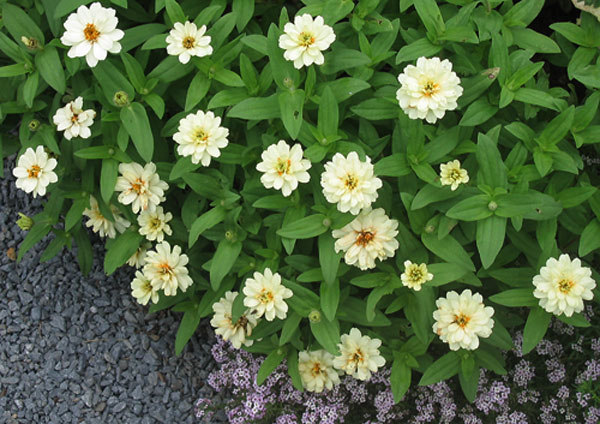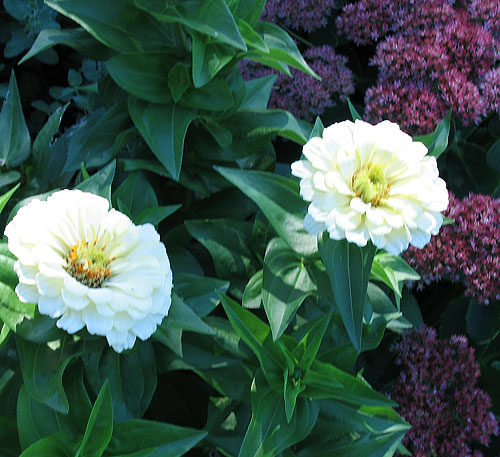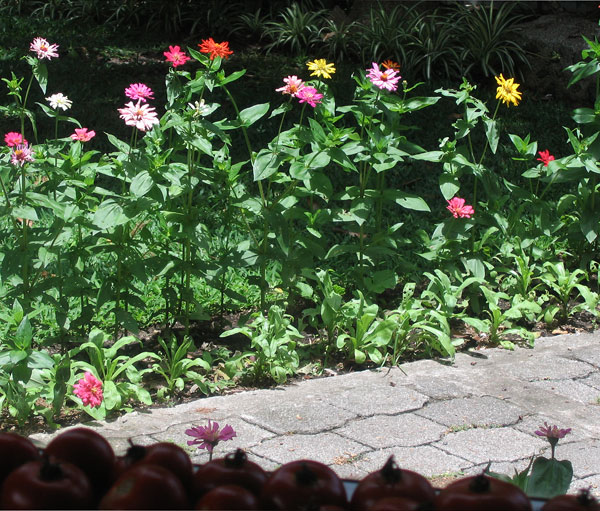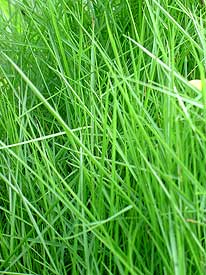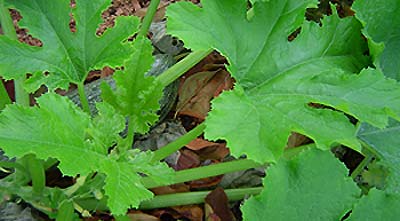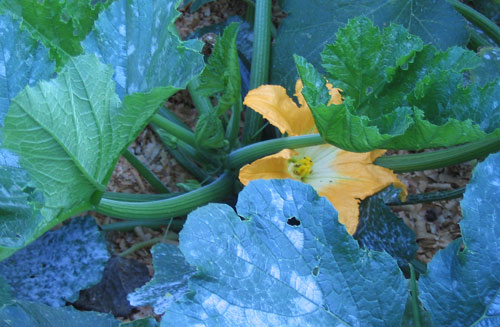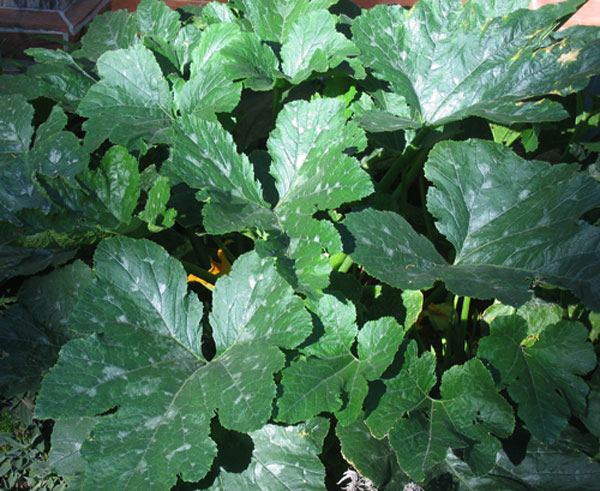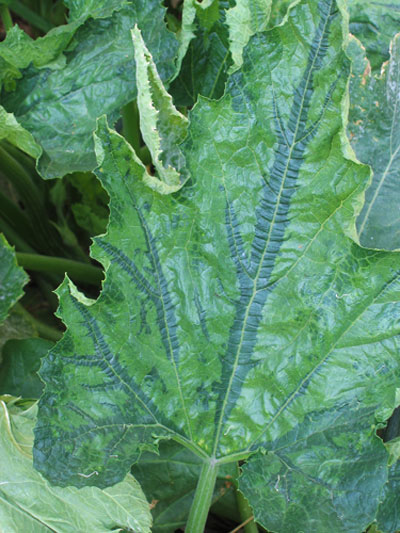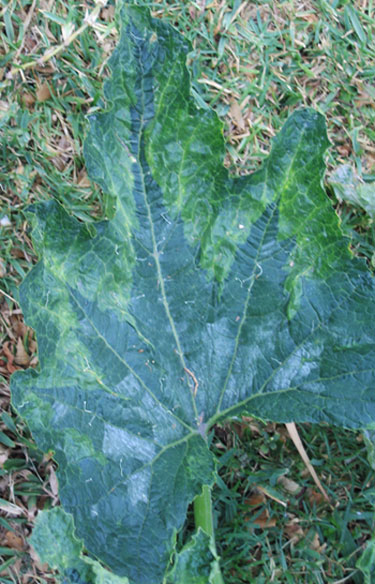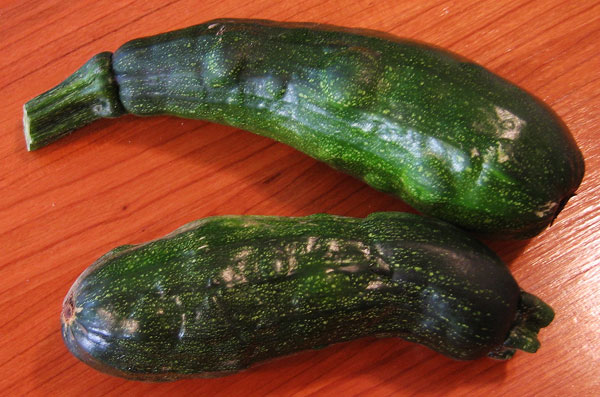Click below to see our plants alphabetically listed by common name with their cures and cooking ideas
A B C D E F G H I J K L M N O P Q R S T U V W X Y Z Click for a list of my Special Pages
Menu of All My Special Pages
Agave
Aloe
Amaryllis
Angel Trumpet Tree
Anthuriums
Bananas & Plantains
Begonia
Botanical Gardens
Bougainvillea
Bromeliad
Cactus
Cactus & Succulent Mysteries
Calatheas
Camellias
Canna Lilies.
Chile Peppers
Clerodendrum
Coffee
Coleus
Croton
Dahlia
Devils Trumpets
Ferns
Flower Mysteries
Frangipani
Garden Furniture & Fixtures
Healthy Naturally
Heliconia
Hibiscus
Landscaping
Lilies
Mystery Plants
Orchids
Palms & Sagos
Philodendrons
Roses
Succulents
Water Lilies&Water Gardens
Wildflowers
S earch for Latin names and more here!
Zinnia
Sp. Benefits: MexicoPhotographed: On the the left in our garden
at our former home in MontserratText and Photographs ©KO 2008/2010
and GreenGardeningCookingCuring.com 2013/2014/2018
Photographed: In
the Blithewold Garden in Bristol, Rhode Island 2013.
Photographed: In
the Blithewold Garden in Bristol, Rhode Island, 2013.
Photographed: In
the Blithewold Garden in Bristol, Rhode Island 2013.
Photographed: In
the Royal Botanical Garden in Sydney, Australia
Photographed: In
the Thuya Garden on Mt. Desert Island in Maine, 2013.
Zinnia
Miniatures in White In the Blithewold Garden in Bristol, Rhode Island
2013.
Photographed: In
the Blithewold Garden in Bristol, Rhode Island 2014.
Photographed: Through
my kitchen window at Lake Atitlan in Guatemala in 2013.
Zoysia
japonica Steud. This is the most wonderful lawn grass
I've ever met! It is thick, lush and green all
year and treated right it forms a soft cushiony
carpet of a lawn. In Montserrat in the West Indies,
zoysia is wonderful as most of what passes for
lawn grass is considered some form of weed elsewhere.
Amazingly, in the ten years we owned our home there
we had the grass cut no more than four or five
times. That's good for reducing noise pollution,
conserving gasoline, reducing gardener expenses
along with the costs of lawn mower purchases and
repairs. Not a bad idea.Benefits:
Zoysia
grass is drought resistant and otherwise easy to care
for. It feels like walking on a cushiony natural
carpet. From: Southeast
Asia, China and JapanPhotographed: In our garden at our former home in Montserrat.Planting and Care: Zoysia is a warm climate grass, not
recommended for environments that have a cold winter as it is said to
turn an unattractive brown in that situation. In the Caribbean and in
other warm climates, zoysia is a delight as it is a deep carpet of green
the year round, even when we experience months of dry weather. It is
accepting of all types of soils and wide ranging pH levels, though it
does prefer well drained soil. It is resistant to disease, wear and tear,
salt spray, invasive weeds, and heat and drought. Still, people either
love or hate this grass. My personal opinion is that people don't like
zoysia because it doesn't require all of their time, chemicals, poisons,
fertilizers and noisy lawn machinery on a weekly basis. What on earth
is a retired fellow supposed to do on the weekend if he doesn't have
a difficult lawn? Text
and Photographs ©KO 2008 and ©GreenGardeningCookingCuring.com
2013/2018
Zucchini,
Courgette, Marrow Cucurbita
pepo At our home in Guatemala we
had great luck with zucchini, much like in good old New England summers, enough
to eat and more to give away. One summer all that changed as you can see below. Benefits: Zucchini is very low in calories making it one
of my favorites, but it also packs a good amount of vitamin A. It is an extremely
adaptable and easy to cook vegetableFrom: Central America and MexicoPhotographed: On the right in our upper garden
at our former home in Montserrat, in 2007. Below on the left and right at
our home at Lake Atitlan in Guatemala in 2014.Planting and Care: Zucchini seem to prefer cooler summers
than we had in Montserrat as they do beautifully in New England and in the
highlands of Guatemala where summer temperatures never soar. It prefers to
have an even amount of rainfall or watering during the growing season. They
like rich organic soil that is about a 6.5 pH. If you are watering your plants
during dry periods, be sure to keep the water at ground level avoiding making
the leaves wet and give them a good amount of space between plants so they
may dry out quickly. In New England I produced enough zucchini from just a
few plants to be able to set up a little 'free veggie' table by the walkway
in front of our home. And, even though I had a large pressure canner I always
filled the quart jars with chunks of zucchini using tomato puree from the
garden as the liquid. This doubly ensured I wasn't going to kill anyone with
botulism.Text
and Photographs ©KO 2007/2010 and ©GreenGardeningCookingCuring.com
2014/2018
GMO
ALERT Apparently most of the zucchini you
see in the market is now a GMO product. I'm assuming
it was done to eliminate disease resulting from the
virus below and to make it resistant to Bayer/Monsanto's carcinogenic
Roundup weed killer.
Zucchini
Disease
Yellow
Mosaic Virus Carried by aphids which
we never saw in our Guatemalan garden, this virus affects
squash, pumpkin, melon, watermelon and
cucumbers. High technology has inserted ZYMV coat protein
genes into zucchini, melons, and cucumbers to prevent
the occurrence of the disease and to make it resistant
to Bayer/Monsanto's
cancer causing Roundup weed killer.Photographed: At
our home at Lake Atitlan in Guatemala in 2015.Text
and Photographs ©GreenGardeningCookingCuring.com
2014/2018
© 2019 GreenGardeningCookingCuring.com. All rights reserved
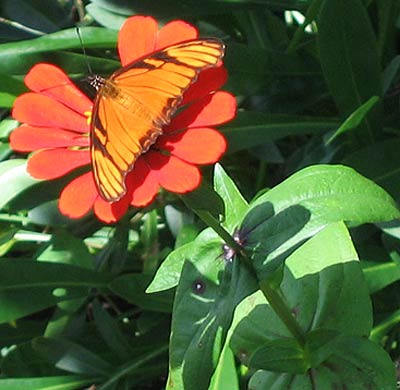
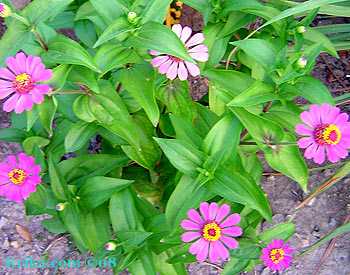
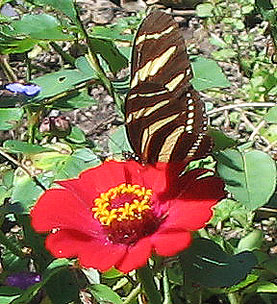
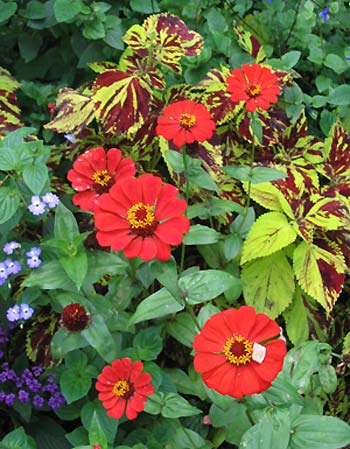 Photographed: At
the Hotel Atitlan on Lake Atitlan in Guatemala.
Photographed: At
the Hotel Atitlan on Lake Atitlan in Guatemala.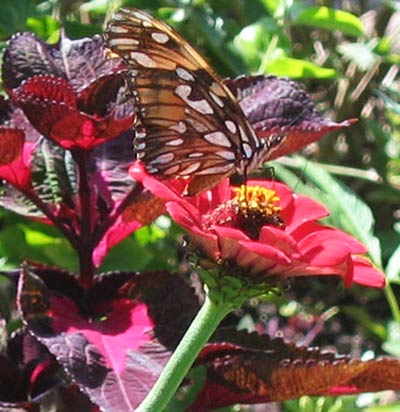
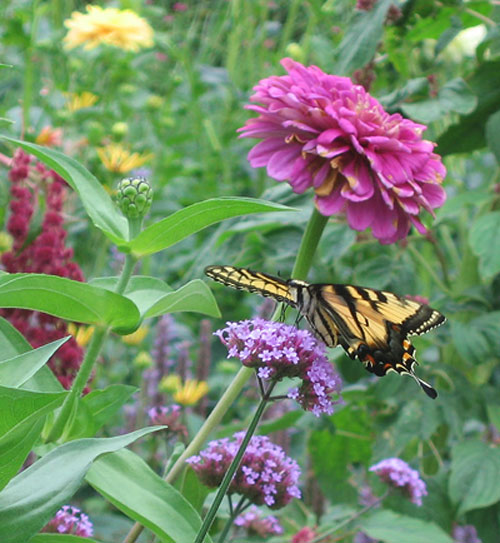

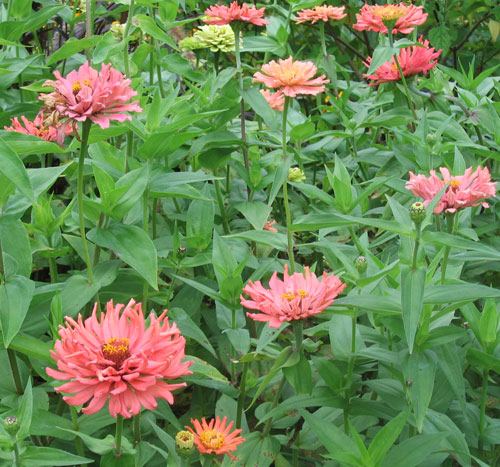
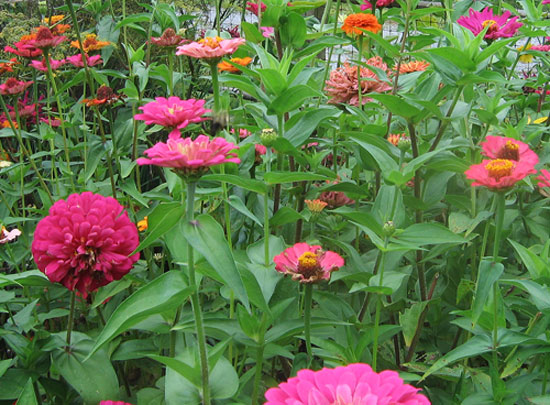
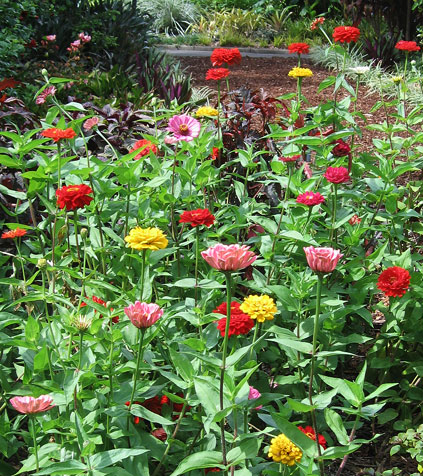
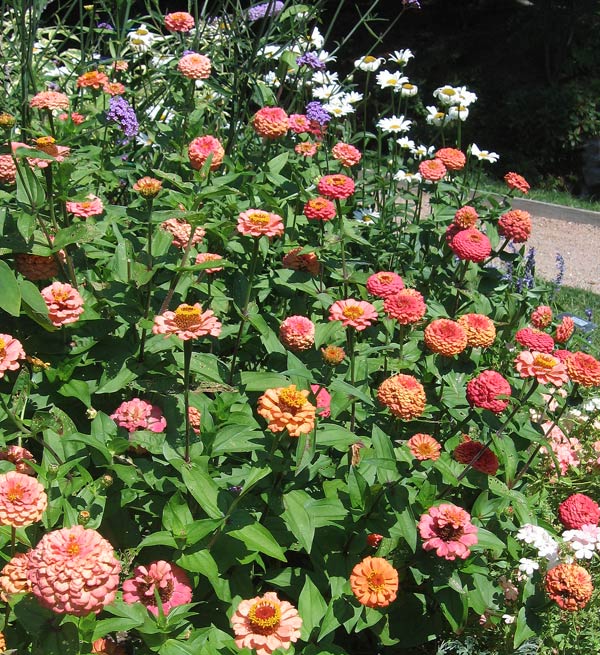
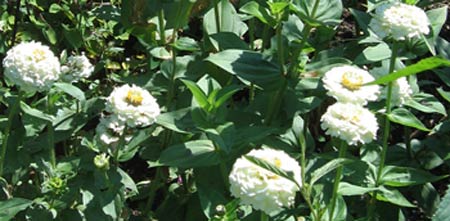
 Photographed: In
the Thuya Garden on Mt. Desert Island in Maine, 2013.
Photographed: In
the Thuya Garden on Mt. Desert Island in Maine, 2013.
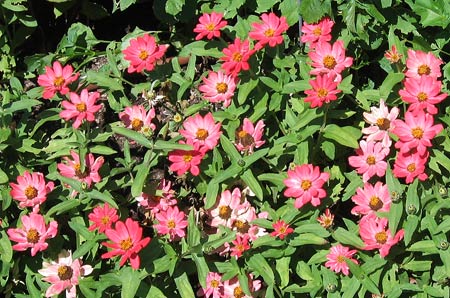
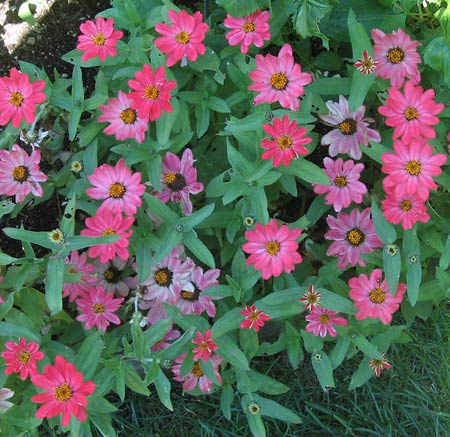 Photographed: In
the Thuya Garden on Mt. Desert Island in Maine, 2013.
Photographed: In
the Thuya Garden on Mt. Desert Island in Maine, 2013.